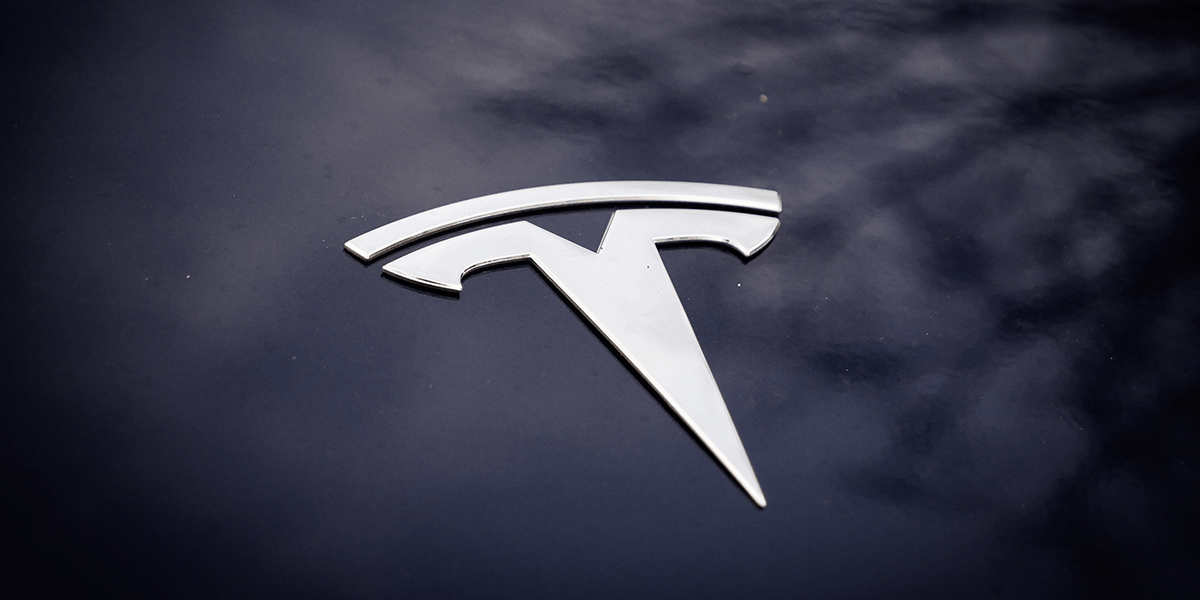Is Tesla on the verge of the next gigacasting evolution?
Tesla is said to have made a breakthrough in reducing the complexity of car construction and thus lowering costs. As Reuters reports, Tesla is working on further developing the gigacasting process, whereby the complex vehicle underbody, which usually consists of about 400 individual parts, can be produced almost in one casting.
It should make production cheaper and faster and benefit engineers in terms of development. Tesla could use it to develop a car from scratch in 18 to 24 months, while most competitors currently need between three and four years.
According to Reuters’ sources, Tesla could use a single large frame in its planned compact model and robotaxi offshoot, combining the front and rear structures with the central underbody that houses the battery. Tesla will decide whether to cast the platform in one piece later this month. Neither Tesla nor Elon Musk responded to Reuters’ queries on the matter.
Tesla wants to build EVs faster and cheaper
At Investors Day in March, Tesla announced the new plant in Mexico and the “Next Generation Vehicles” based on a new platform. It is expected to reduce production costs by 50 per cent and the space required in the factory by 40 per cent. It would allow the factory to be smaller with the same output or produce more vehicles with the same space.
According to the report, Tesla approached companies that use 3D printers to make test moulds from industrial sand. The molten metal alloy is poured into these moulds using a die-casting process. The metal part produced in this way can then be tested and, if necessary, recast in an improved version. A new prototype mould from the 3D printer should thus be able to be created “in a matter of hours.”
That is precisely the “breakthrough” described by Reuters: In the classic process, the design process for a large casting mould can cost up to four million dollars. Even minor optimisations between two casting tests could cost 100,000 dollars, according to experts interviewed by the news agency, and the entire renewal of a casting mould is estimated at $1.5 million. And it can take between six and twelve months until the final mould is in place.
In sand casting, it is said to take only two to three months – and even with several versions, a mould costs only three per cent of a prototype made of metal. Tesla may thus have solved the biggest problems that have kept carmakers from large cast structures until now: Time and money.
But even with prototype construction solved, there are other hurdles. For example, the aluminium alloys used are said to have behaved differently in the sand moulds than in metal moulds. The casting results apparently “often failed to meet Tesla’s criteria for crashworthiness and other attributes.” The solution is complex. On the one hand, the composition of the alloy was adjusted, the cooling process of the alloy in the mould was changed, and a heat treatment of the part after cooling was introduced.
The challenge is that a much more durable metal mould is needed for mass production. So, the prototype is optimised in an inexpensive sand mould before the results are transferred back to a metal mould – where, as mentioned, the alloy behaves differently. In addition, Tesla has to decide whether the new platform will get a cast frame and what kind of gigapress will be used to produce the part because this choice would also determine how complex the vehicle frame can become.
However, one point has apparently not yet been solved: to produce a subframe with cavities (as they are created in the previous principle with welded stamped parts), a core of 3D-printed sand must be inserted inside the mould, which is removed after the casting process and exposes the cavity. However, three of the five Reuters sources said that the gigapresses, with their high clamping force, have been unable to accommodate these sand cores, which are possible for producing a hollow subframe. A possible solution would be a more advanced press with a slower injection of the alloy – but this takes longer and thus lowers productivity.





0 Comments